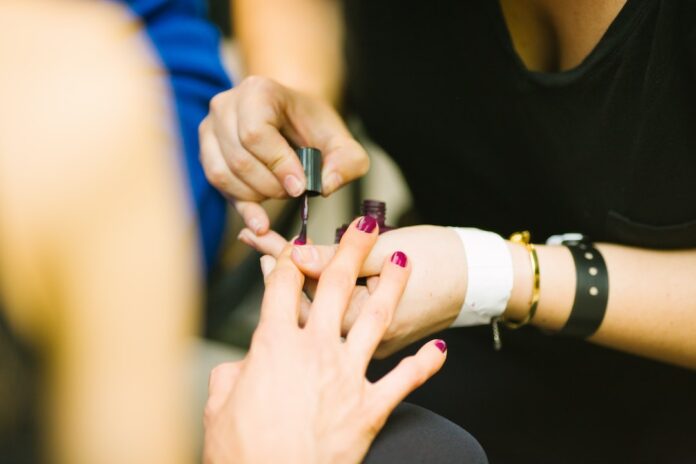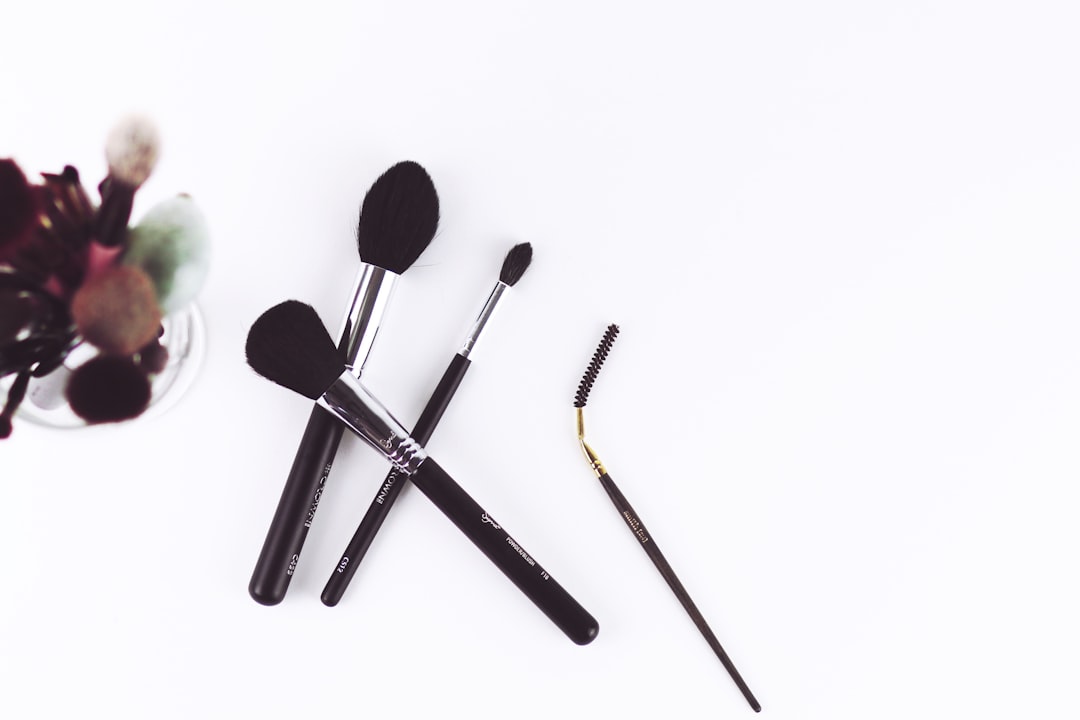Introduction
When it comes to skincare, having the right combination of products can make all the difference. But when it comes to mixing certain ingredients, it can be tricky to know what works and what doesn’t. To help you get the most out of your skincare routine, we’re here to provide you with the dos and don’ts of mixing skincare ingredients.
The Dos of Mixing Skincare Ingredients
It can be hard to know where to start when it comes to mixing skincare ingredients. Here are some tips on what you should do:
Do Start With the Basics
When it comes to mixing skincare ingredients, it’s important to start with the basics. Start by creating a simple skincare routine with products that you know work for your skin. Once you’ve established a good routine, you can begin to experiment with different ingredients.
Do Read the Labels
Before you start mixing skincare ingredients, it’s important to read the labels. Make sure that the ingredients are compatible and won’t cause any irritation or adverse reactions.
Do Test on a Small Area First
Once you’ve established a good routine and read the labels, it’s important to test the mixture on a small area of your skin first. This will help you determine if the mixture is right for your skin before applying it to a larger area.
Do Seek Professional Advice
It’s always a good idea to seek professional advice if you’re unsure about mixing skincare ingredients. A qualified dermatologist or skincare specialist can provide you with guidance and advice on what ingredients to use and what to avoid.
The Don’ts of Mixing Skincare Ingredients
Now that you know the dos of mixing skincare ingredients, here are some things to avoid:
Don’t Overdo It
When it comes to mixing skincare ingredients, it’s important to not overdo it. Too many ingredients can be overwhelming and can cause irritation or clogging of pores. Stick to a simple routine and only add one new ingredient at a time.
Don’t Mix Too Many Active Ingredients
When it comes to mixing skincare ingredients, it’s important to not mix too
Photo by Nicola Styles on Unsplash
many active ingredients. Active ingredients can be too powerful when used together and can cause irritation or dryness.
Don’t Mix Products With Different pH Levels
It’s important to not mix products with different pH levels. Different pH levels can cause irritation or dryness and can make your skin more vulnerable to bacteria and environmental pollutants.
Don’t Forget to Moisturize
When it comes to mixing skincare ingredients, it’s important to not forget to moisturize. Moisturizing helps to protect the skin and keep it hydrated, which can help reduce the risk of irritation or dryness.
Conclusion
Mixing skincare ingredients can be tricky, but with the right knowledge and guidance, it can be done safely and effectively. Remember to start with the basics, read the labels, test on a small area first, and seek professional advice. Also, don’t overdo it, don’t mix too many active ingredients, don’t mix products with different pH levels, and don’t forget to moisturize. Following these tips can help you get the most out of your skincare routine.When using active ingredients, such as retinol or glycolic acid, start slowly and gradually build up to the recommended amount. Doing so allows your skin to slowly adapt to the ingredients and prevents irritation. Additionally, it’s important to use products with the same pH level to prevent the skin from becoming too acidic or alkaline. Finally, don’t forget to moisturize! Moisturizing helps the skin stay hydrated and helps keep it looking healthy.It’s also important to use sunscreen regularly to protect your skin from the sun’s harmful UV rays. Sunscreen can help prevent sunburn and skin cancer. It’s recommended to use a broad-spectrum sunscreen with a SPF of at least 30. Make sure to reapply every two hours or after swimming or sweating.It is also important to wear protective clothing such as long-sleeved shirts, pants, hats, and sunglasses when outdoors.Additionally, try to stay in the shade as much as possible, especially during peak sun hours from 10am to 4pm.Lastly, it is recommended to avoid tanning beds and other artificial sources of UV radiation.




